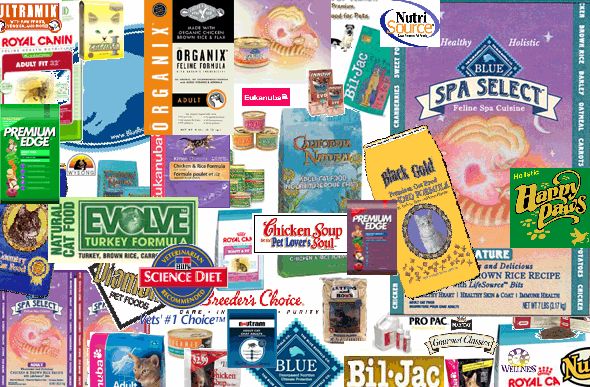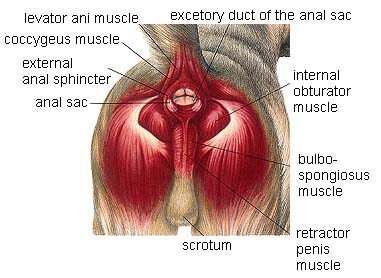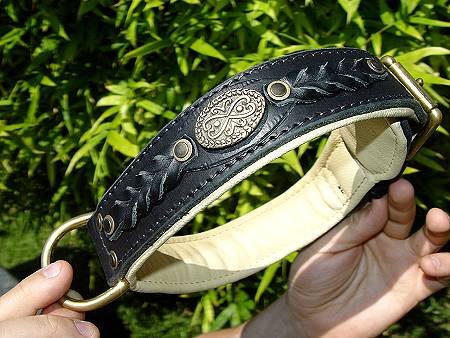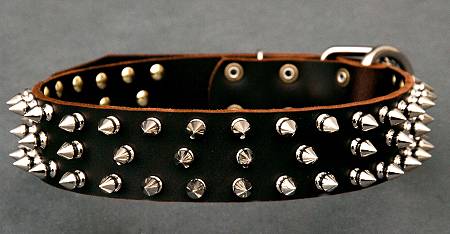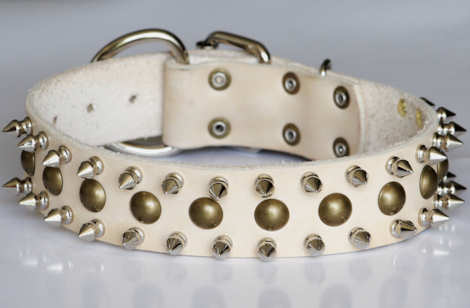Dogs and Children
What goes on in the mind of your dog when there is a new baby in the family? Do you know how your dog will react if a toddler comes up and gives the dog a hug? Bringing a new addition into the household can be a big change for everyone, including the family dog. Introducing a new dog to a family with young children can also be an interesting challenge. Here are some tips to keep in mind when you have dogs and children under the same roof.

As a sensible dog owner and parent, it is your responsibility to be aware of the interactions between your children and the dog to ensure everyone’s safety. Most pets do not pose any threat to infants because there is not a lot of interaction between them. Toddlers are at a much greater risk of getting hurt because they can move about on their own and may not realize that their actions may be hurting or scaring the animal. All dogs should ideally be introduced to children at a young age and continue to be socialized with them. However, even the best socialization will not guarantee that a child cannot be hurt by your pet. That is why adult supervision is so important.
A toddler can be perceived as a threat to your dog as much as a dog may be a danger to your toddler. For example, it is important that children know that it is not right to pull on a dog’s tail because it hurts and it may lead to the dog biting as a result. Many dogs, however, adjust very well to a new addition to the family. It is a good idea to have a separate area or large crate in the same room as the family for the dog to play in without interacting with the baby. This new addition to the family will take up a lot of your time and attention, and your dog will notice that. Ease the dog into the transition by introducing the new area or crate a few weeks before the baby’s arrival. Remember to give your dog the same amount of love and attention as before, because some dogs will become stressed when new changes occur in their environment and they need to be assured that everything is alright.

In preparation for the baby coming home, you can practice obedience skills with your dog. For example, carry around a baby doll and work on the down command to get your dog accustomed to the positions you want him/her to be in while you are holding the infant. Accustom your dog to walk calmly beside the stroller without pulling. Remember, it could take up to several months for your dog to realize that the new baby is a part of the family. Give your dog time to adjust and always supervise. Keep up with the obedience training and ensure the dog continues to get enough attention and exercise.
You do not need to separate the baby and the dog at all times. In fact, it is recommended to teach your dog how to behave appropriately when the baby is present. Letting the dog sniff and interact gently with the baby will help reinforce the fact that this new addition is an important part of the family. Using positive reinforcement, teach your dog to lie quietly nearby when the baby is present. Reward with lots of praise and/or treats when he/she is doing something you like.
Puppies and babies both require a lot of time and care, so it is often recommended that you wait to get a puppy until after your youngest child is old enough to follow instructions and understand that they are capable of hurting the animal. Puppies have a lot of energy and often like to explore and nibble, so they can be a danger to the toddler if they get too excited. When a baby and any dog are together, they should be closely supervised at all times or separated with gates or crates. This prevents both the baby and the dog from being injured and/or frightened.
Most people would agree that we often treat our pets like members of our family. So when it comes to the task of training, socializing and playing with the dog, why not include the entire family? Children of all ages can play an important role in the training of a new puppy.
Children as young as three years of age can help feed and train the puppy while under adult supervision. For example, the dog can be told to sit and stay while the child places the food bowl down. Young children can also toss a toy once a dog has learned to patiently sit and wait for it. During any play session, close supervision is important to prevent the dog from getting too excited or rough. Encourage calm, gentle behaviour in both the child and the dog, using positive reinforcement.
Children aged 5 to 9 can take on responsibilities such as measuring how much food to feed the dog, filling the water bowl, helping with grooming, playing fetch with the dog, or practicing walking the dog in a fenced-in backyard. If you have children of different ages, you can assign an important task to each one so everyone has a responsibility. A young child may not be able to walk the dog on the streets on his/her own in case they come across another strange dog. However, walks can be turned into a fun family outing.
Children aged 10 and older can handle the dog independently (as judged by the parent) and help with the training of the dog. In fact, most children of this age group make wonderful dog trainers because they have the time, patience, and persistence to teach the dog new things. They can also feed, groom, walk, and clean up after the dog. Children of this age can also participate in dog training classes on their own. You can find a kid-friendly training program in your area. You should spend some time and observe a class in progress before registering. Ask if positive methods are being used and see if classes are well-structured and under control by the instructor. The class should focus on the bond between owner and dog and encourage participation from the children. Lots of praise and treats should be used, and misbehaving puppies should be ignored or given more space to work, not punished.
Giving children training tasks and establishing rules when interacting with the dog not only builds the bond between them, but it also helps the children understand the animal and enables them to read their body language. Involving the children in the care of the dog teaches them about what it takes to be a responsible pet owner.
As the child and dog grow older, relationships may change. A young, calm puppy may become rambunctious and easily excitable at 6 to 9 months of age (their ‘teenage years’). A child that was once focused on the care and training of their dog may lose interest in their dog and stop taking responsibility for its care. Parents need to be aware of changes in the relationship and use positive methods to keep the bond strong. By avoiding physical punishment, rewarding good behaviour, and encouraging the entire family to participate in the care of the dog, you and your family will enjoy having a companion for life.

